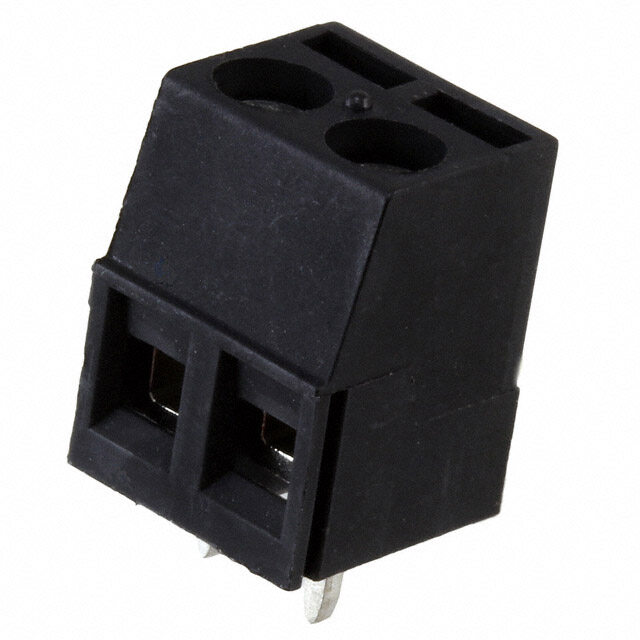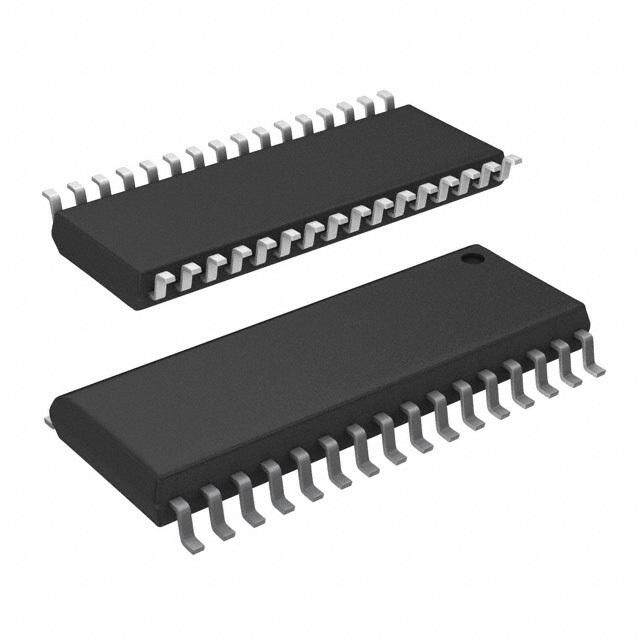ICGOO在线商城 > AT88RF04C-MVA1
- 型号: AT88RF04C-MVA1
- 制造商: Atmel
- 库位|库存: xxxx|xxxx
- 要求:
| 数量阶梯 | 香港交货 | 国内含税 |
| +xxxx | $xxxx | ¥xxxx |
查看当月历史价格
查看今年历史价格
AT88RF04C-MVA1产品简介:
ICGOO电子元器件商城为您提供AT88RF04C-MVA1由Atmel设计生产,在icgoo商城现货销售,并且可以通过原厂、代理商等渠道进行代购。 提供AT88RF04C-MVA1价格参考以及AtmelAT88RF04C-MVA1封装/规格参数等产品信息。 你可以下载AT88RF04C-MVA1参考资料、Datasheet数据手册功能说明书, 资料中有AT88RF04C-MVA1详细功能的应用电路图电压和使用方法及教程。
| 参数 | 数值 |
| 产品目录 | |
| 描述 | RF04C, TAG MVA1 - RF04C, TAG MVA |
| 产品分类 | |
| 品牌 | Atmel |
| 数据手册 | |
| 产品图片 |
|
| 产品型号 | AT88RF04C-MVA1 |
| RF类型 | 读/写 |
| rohs | 无铅 / 符合限制有害物质指令(RoHS)规范要求 |
| 产品系列 | CryptoMemory®, CryptoRF® |
| 供应商器件封装 | * |
| 其它名称 | AT88RF04C-MVA1CT |
| 其它有关文件 | |
| 包装 | 剪切带 (CT) |
| 封装/外壳 | * |
| 标准包装 | 1 |
| 特性 | ISO1444-2,1444-3,4-K位 |
| 频率 | 13.56MHz |

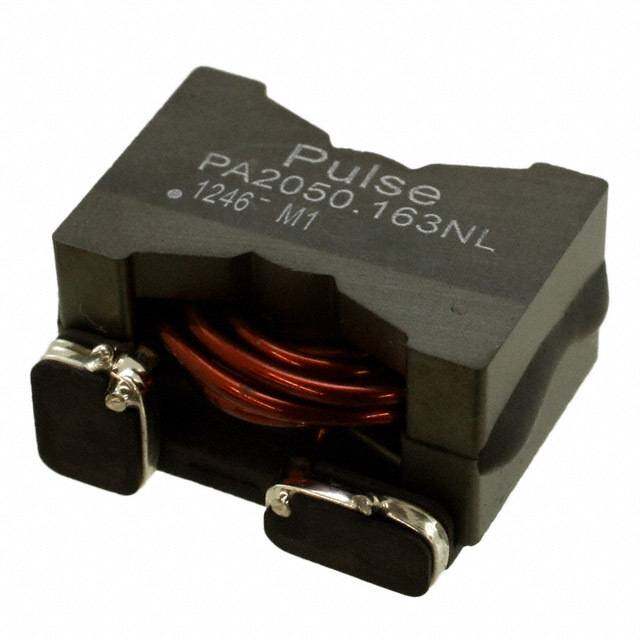

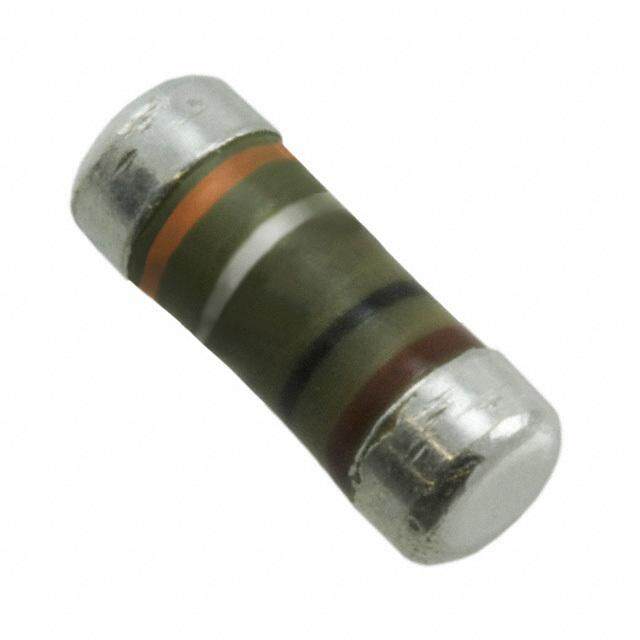
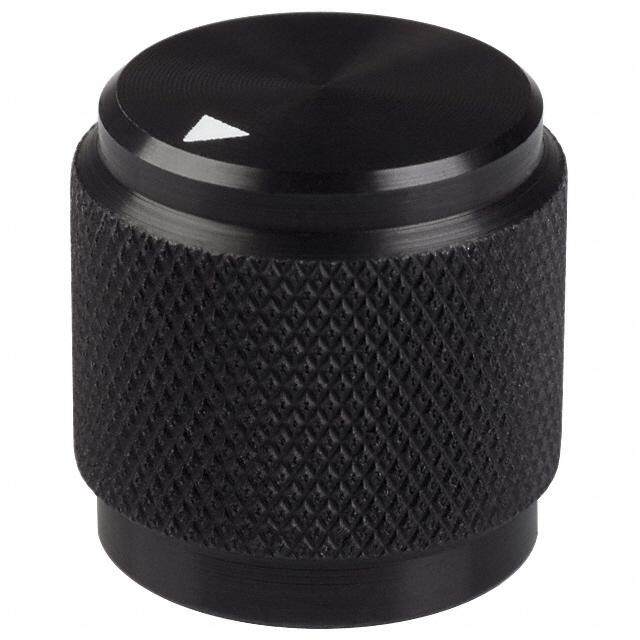


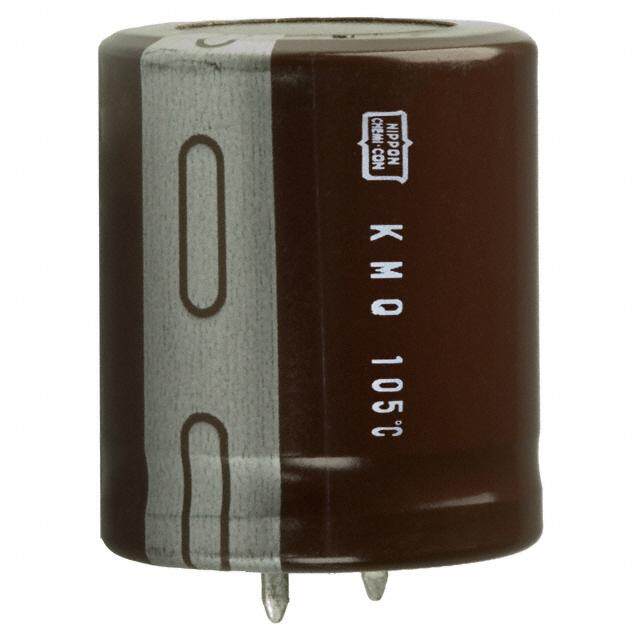

- 商务部:美国ITC正式对集成电路等产品启动337调查
- 曝三星4nm工艺存在良率问题 高通将骁龙8 Gen1或转产台积电
- 太阳诱电将投资9.5亿元在常州建新厂生产MLCC 预计2023年完工
- 英特尔发布欧洲新工厂建设计划 深化IDM 2.0 战略
- 台积电先进制程称霸业界 有大客户加持明年业绩稳了
- 达到5530亿美元!SIA预计今年全球半导体销售额将创下新高
- 英特尔拟将自动驾驶子公司Mobileye上市 估值或超500亿美元
- 三星加码芯片和SET,合并消费电子和移动部门,撤换高东真等 CEO
- 三星电子宣布重大人事变动 还合并消费电子和移动部门
- 海关总署:前11个月进口集成电路产品价值2.52万亿元 增长14.8%
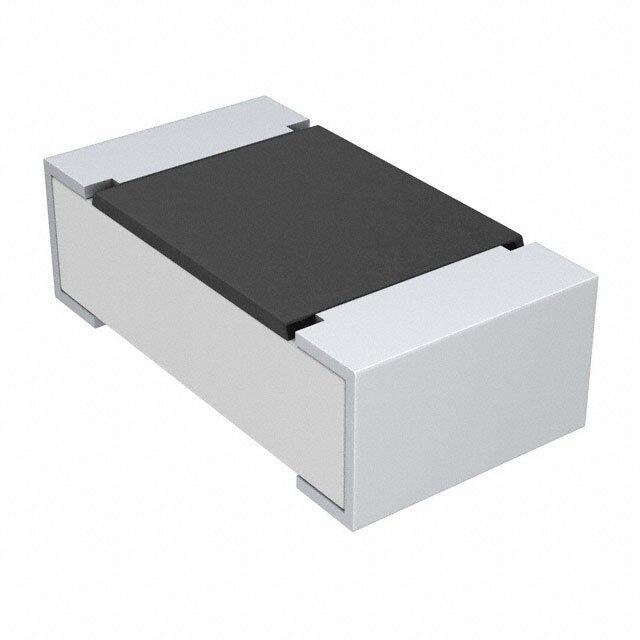

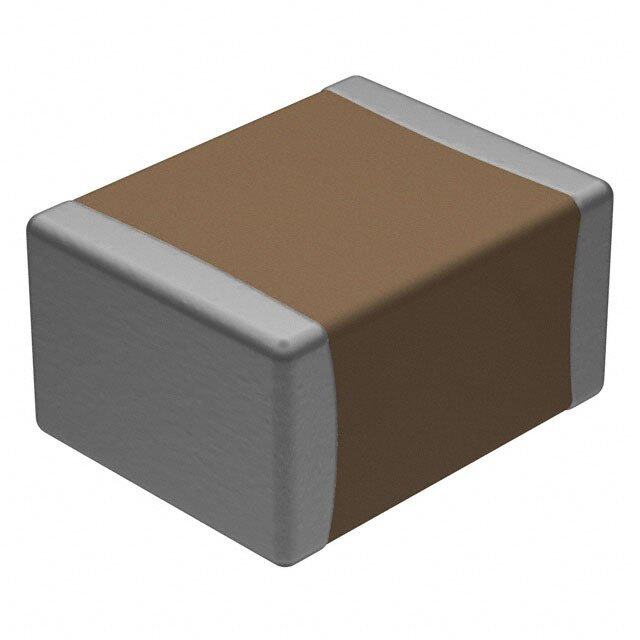
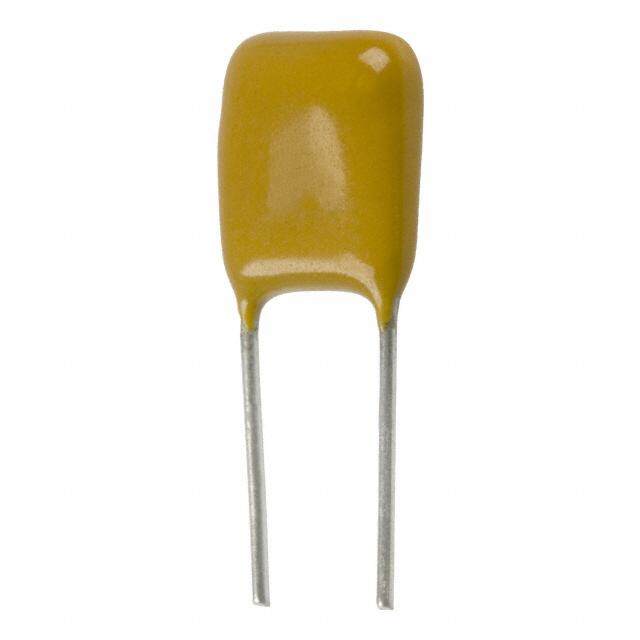
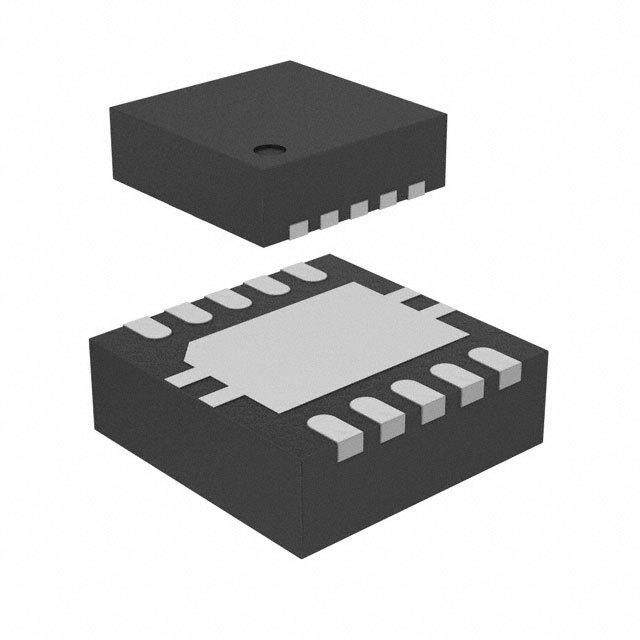
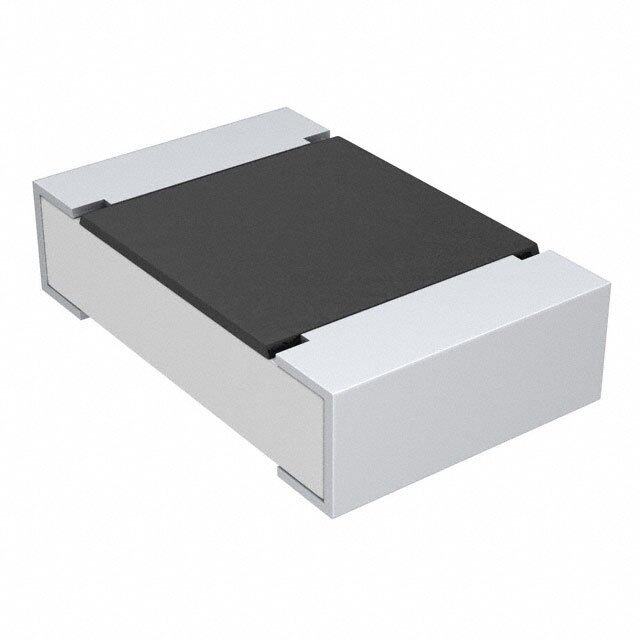
PDF Datasheet 数据手册内容提取
AT88RF04C CryptoRF EEPROM Memory 13.56MHz, 4 Kilobits SUMMARY DATASHEET Features One of a family of devices with user memory of 4 kilobits to 64 kilobits Contactless 13.56MHz RF communications interface ISO/IEC 14443-2:2001 Type B Compliant ISO/IEC 14443-3:2001 Type B Compliant Anticollision Protocol Tolerant of Type A Signaling for multi-protocol applications Integrated 82pF tuning capacitor User EEPROM memory Four kilobits configured as four 128-byte (1-Kbit) user zones Byte, page, and partial page write modes Self-timed write cycle 256-byte (2-Kbit) configuration zone User-programmable Application Family Identifier (AFI) User-defined anticollision polling response User-defined keys and passwords Read-only unique die serial number Secure personalization mode High-security features Selectable access rights by zone 64-bit Mutual Authentication Protocol (under license of ELVA) Encrypted checksum Stream encryption using 64-bit key Four key sets for authentication and encryption Four sets of two 24-bit passwords Password and authentication attempts counters Anti-tearing function Tamper sensors High reliability Endurance: 100,000 write cycles Data retention: 10 years Operating temperature: −40C to +85C This is a summary document. The complete document is available on the Atmel website at www.atmel.com. Atmel-8672CS-CryptoRF-AT88RF04C-Datasheet-Summary_012014
1. Description The Atmel® CryptoRF® family integrates a 13.56MHz RF interface into an Atmel CryptoMemory®. This product line is ideal for RF tags and contactless smart cards that can benefit from advanced security and cryptographic features. This device is optimized as a contactless secure memory for data storage without the requirement of an internal microprocessor. For communications, the RF interface utilizes the ISO/IEC 14443-2 and -3 Type B bit timing and signal modulation schemes, and the ISO/IEC 14443-3 Slot-MARKER Anticollision Protocol. Data is exchanged half duplex at a 106-kbit per second rate, with a two-byte CRC_B providing error detection capability. The RF interface powers the other circuits; no battery is required. Full compliance with the ISO/IEC 14443-2 and -3 standards and provides both a proven RF communication interface and a robust anticollision protocol. AT88RF04C contains four kilobits of user memory and two kilobits of configuration memory. The two kilobits of configuration memory contain: Four sets of read/write passwords Four Crypto key sets Security access registers for each user zone Password/Key registers for each zone The CryptoRF command set is optimized for a multi-card RF communications environment. A programmable AFI register allows this IC to be used in numerous applications in the same geographic area with seamless discrimination of cards assigned to a particular application during the anticollision process. Figure 1-1. Block Diagram RF Interface AC1 Command and EEPROM Response C VCOolalvtamegrpe Modulator Rectifier Regulator VDD Data Transfer VSS Password Verification Frame Authentication AC2 Formatting Encryption and Anticollision and Clock Error Certification Extraction Detection Unit Interface Data Extraction Random Number Generator 2 AT88RF04C [Summary Datasheet] Atmel-8672CS-CryptoRF-AT88RF04C-Datasheet-Summary_012014
2. Communications All personalization and communication with this device is performed through the RF interface. The IC includes an integrated tuning capacitor, enabling it to operate with only the addition of a single external coil antenna. The RF communications interface is fully compliant with the electrical signaling and RF power specifications in ISO/IEC 14443-2:2001 for Type B only. Anticollision operation and frame formatting are compliant with ISO/IEC 14443-3:2001 for Type B only. ISO/IEC 14443 nomenclature is used in this specification where applicable. The following abbreviations are utilized throughout this document. Additional terms are defined in the section in which they are used. Table 2-1. Terms Abbrev. Term Definition PCD Proximity Coupling Device The reader/writer and antenna. PICC Proximity Integrated Circuit Card The tag/card containing the IC and antenna. RFU Reserved for Future Use Any feature, memory location, or bit that is held as reserved for future use. $ xx Hexadecimal Number Denotes a hex number “xx” (Most Significant Bit on left). 3. Anticollision Protocol When the PICC enters the 13.56MHz RF field of the host reader (PCD), it performs a Power-On Reset (POR) function and waits silently for a valid Type B Polling command. The CryptoRF PICC processes the anti-tearing registers as part of the POR process. The PCD initiates the anticollision process by issuing an REQB or WUPB command. The WUPB command activates any card (PICC) in the field with a matching AFI code. The REQB command performs the same function but does not affect a PICC in the Halt state. The CryptoRF command set is available only after the anticollision process has been completed. 4. CRC Error Detection A 2-byte CRC_B is required in each frame transmitted by the PICC or PCD to permit transmission error detection. The CRC_B is calculated on all of the command and data bytes in the frame. The SOF, EOF, start bits, stop bits, and EGT are not included in the CRC_B calculation. The 2-byte CRC_B follows the data bytes in the frame. Figure 4-1. Location of the Two CRC_B Bytes within a Frame SOF K data bytes CRC1 CRC2 EOF 5. Type A Tolerance The RF Interface is designed for use in multi-protocol applications. It will not latch or lock-up if exposed to Type A signals and will not respond to them. The PICC may reset in the presence of Type A field modulation but is not damaged by exposure to Type A signals. AT88RF04C [Summary Datasheet] 3 Atmel-8672CS-CryptoRF-AT88RF04C-Datasheet-Summary_012014
6. User Memory The EEPROM user memory is divided into four user zones as shown in Table 6-1. Multiple zones allow for different types of data or files to be stored in different zones. Access to the user zones is allowed only after security requirements have been met. These security requirements are defined by the user in the configuration memory during personalization of the device. The EEPROM memory page length is 16 bytes. Table 6-1. Memory Map Zone $0 $1 $2 $3 $4 $5 $6 $7 $00 — 128 Bytes User 0 — $78 $00 — 128 Bytes User 1 — $78 $00 — 128 Bytes User 2 — $78 $00 — 128 Bytes User 3 — $78 7. Configuration Memory The configuration memory consists of 2048 bits of EEPROM memory used for storing system data, passwords, keys, codes, and security-level definitions for each user zone. Access rights to the configuration zone are defined in the control logic and may not be altered by the user. These access rights include the ability to program certain portions of the configuration memory and then lock the data written through use of the security fuses. 8. Security Fuses There are three fuses on the device that must be blown during the device personalization process. Each fuse locks certain portions of the configuration memory as OTP memory. Fuses are designated for locking the secrets and the user zone access requirements. The fuses must be blown in sequence. 4 AT88RF04C [Summary Datasheet] Atmel-8672CS-CryptoRF-AT88RF04C-Datasheet-Summary_012014
9. Communication Security Communication between the PICC and reader operates in three basic modes: Standard Communication Security Mode — The default mode for the device after power-up and anticollision. Authentication Communication Security Mode — Activated by a successful authentication sequence. Encryption Communication Security Mode — Activated by a successful encryption activation sequence, following a successful authentication. Table 9-1. Configuration Security Modes Communication Mode User Data System Data Passwords Normal Clear Clear Clear Authentication Clear Clear Encryption Encryption Encryption Clear(1) Encryption Note: 1. AT88RF04C supports an encryption option for programming secrets. 10. Security Methodology Figure 10-1. Security Methodology Device (Card) Host (Reader) Card Number COMPUTE Challenge A VERIFY A Challenge A Compute Challenge B Challenge B VERIFY B Check Password (RPW) Read Password (RPW) DATA Checksum (CS) VERIFY CS (optional) Check Password (WPW) Write Password (WPW) DATA VERIFY CS CS Write DATA 11. Memory Access Depending on the device configuration, the host will carry out the authentication protocol and/or present different passwords for each operation: Read or Write. To insure security between the different user zones, each zone can use a different set of passwords or keys. A specific attempts counter for each password and for each authentication key provides protection against systematic attacks. AT88RF04C [Summary Datasheet] 5 Atmel-8672CS-CryptoRF-AT88RF04C-Datasheet-Summary_012014
12. Security Operations 12.1 Anti-tearing In the event of a power loss during a write cycle, the integrity of the device’s stored data may be recovered. This function is optional — The host may choose to activate the anti-tearing function depending on application requirements. When anti-tearing is active, write commands take longer to execute since more write cycles are required to complete them. Data writes are limited to 8-byte pages when anti-tearing is active. Data is written first to a buffer zone in EEPROM instead of to the intended destination address, but with the same access conditions. The data is then written to the required location. If this second write cycle is interrupted due to a power loss, the device will automatically recover the data from the buffer zone at the next power-up. 12.2 Password Verification Passwords may be used to protect user zone read and/or write access. When a password is presented using the Check Password command, it is memorized and active until power is removed unless a new password is presented or a valid DESELECT or IDLE command is received. Only one password is active at a time, but write passwords also give read access. 12.3 Authentication Protocol The access to a user zone may be protected by an authentication protocol in addition to password dependent rights. Passwords are encrypted in Authentication Communication Security mode. The authentication success is memorized and active as long as the chip is powered, unless a new authentication is initialized or a valid DESELECT or IDLE command is received. If the new authentication request is not validated, the card loses its previous authentication and it must be presented again. Only the last request is memorized. 12.4 Encryption The data exchanged between the card and the reader during Read, Write, and Check Password commands may be encrypted to ensure data confidentiality. The issuer may choose to protect the access to a user zone with an encryption key by settings made in the configuration memory. In that case, activation of the Encryption Communication Security mode is required in order to read/write data in the zone. The encryption activation success is memorized and active as long as the chip is powered, unless a new initialization is initiated or a valid DESELECT or IDLE command is received. If the new encryption activation request is not validated, the card will no longer encrypt data during read operations nor will it decrypt data received during write or Check Password operations. 12.5 Checksum The PICC implements a data validity check function in the form of a checksum. The checksum may function in standard or cryptographic mode. In the standard mode, the checksum is optional and may be used for transmission error detection. The cryptographic mode is more powerful since it provides data origin authentication capability in the form of a Message Authentication Code (MAC). To write data to the device, the host is required to compute a valid MAC and provide it to the device. If after an in going command the device computes a MAC different from the MAC transmitted by the host, not only is the command abandoned but the cryptographic mode is also reset. A new authentication is required to reactivate the cryptographic mode. 6 AT88RF04C [Summary Datasheet] Atmel-8672CS-CryptoRF-AT88RF04C-Datasheet-Summary_012014
12.6 Initial Device Programming CryptoRF is delivered with all security features disabled. To program the polling response or enable the security features of CryptoRF the device must be personalized by programming several registers. This is accomplished by programming the configuration memory using simple write and read commands. AT88RF04C supports an optional Secure Personalization mode which encrypts the secrets during programming. 12.7 Transport Password To gain access to the configuration memory, a transport password known as the secure code must be presented using the Check Password command. The transport password for AT88RF04C is $30 1D D2. 13. Tuning Capacitance The capacitance between the coil pins AC1 and AC2 is 82pF nominal and may vary ±10pF due to process variation. 14. Reliability Table 14-1. Reliability Parameter Min Typical Max Units Write Endurance (Each Byte) 100,000 Write Cycles Anti-tearing Write Endurance 50,000 Writes Data Retention (At 55°C) 10 Years Data Retention (At 35°C) 30 50 Years Read Endurance Unlimited Read Cycles 15. Ordering Information Tuning Max Ordering Code Package Capacitor Range(1) Temperature Range AT88RF04C-MR1G R Module — Commercial (0C to 70C) AT88RF04C-MX1G MX1 RFID Tag, 13mm square 5 – 13mm 82pF Commercial (-25C to 70C) AT88RF04C-MVA1 RFID Tag, 8.6mm x 18.1mm 10 – 15mm AT88RF04C-WA1 6mil Wafer, 150mm diameter — Industrial (-40C to 85C) Note: 1. Communication range is dependent on the reader and reader antenna design. Package Type Description R Module 2-lead RF Smart Card Module, XOA2 style, on 35mm tape, Ag finish, Green(1) MX1 RFID Tag 13mm x 13mm Square Epoxy Glass RFID Tag on 35mm tape, Au finish, Green(1) MVA1 RFID Tag 8.6mm x 18.1mm Rectangular Epoxy Glass RFID Tag on 35mm tape, Au finish, Green(1) Note: 1. Lead-free, halogen-free package. Exceeds RoHS requirements. AT88RF04C [Summary Datasheet] 7 Atmel-8672CS-CryptoRF-AT88RF04C-Datasheet-Summary_012014
16. Packaging Information — Mechanical Drawings 16.1 Module R Package (XOA2 Style) — Ordering Code: AT88RF04C-MR1G Module Size: M5 Dimension: 5.06mm x 8.00mm Glob Top: Square – 4.8mm x 5.1mm Thickness: 0.38mm Pitch: 9.5mm 8 AT88RF04C [Summary Datasheet] Atmel-8672CS-CryptoRF-AT88RF04C-Datasheet-Summary_012014
16.2 MX1 Epoxy Glass RFID Tag — Ordering Code: AT88RF04C-MX1G AT88RF04C [Summary Datasheet] 9 Atmel-8672CS-CryptoRF-AT88RF04C-Datasheet-Summary_012014
16.3 MVA1 Epoxy Glass RFID Tag — Ordering Code: AT88RF04C-MVA1 3 cTBD .165±0.025 18.10 17.5 3.5 (cid:1)7 MAX 8 12.6 8.60 21.7 (cid:1)2±0.3 Tape Supplier Reject Hole 7 Electrical/Mechanical Reject Hole 2.2±0.3 5 31.8 35 2 0 5. 2 21.8 (cid:1)7 MAX 4 2 9 5. 1 12.7 3.6 2 8 6. (cid:1)7 MAX 4.75 6.9 .75±0.15 19 Original vendor reference for true position of metal features. Tape Orientation Arrow 10 AT88RF04C [Summary Datasheet] Atmel-8672CS-CryptoRF-AT88RF04C-Datasheet-Summary_012014
17. Revision History Doc. Rev. Date Comments Add MVA1 ordering option. 8672CS 01/2014 Remove enginerring samples section. Update footers and disclaimer page. 8672BS 08/2012 Remove MY1 package option. 8672AS 04/2009 Initial document summary release. AT88RF04C [Summary Datasheet] 11 Atmel-8672CS-CryptoRF-AT88RF04C-Datasheet-Summary_012014
X X X X X X Atmel Corporation 1600 Technology Drive, San Jose, CA 95110 USA T: (+1)(408) 441.0311 F: (+1)(408) 436.4200 | www.atmel.com © 2014 Atmel Corporation. / Rev.: Atmel-8672CS-CryptoRF-AT88RF04C-Datasheet-Summary_012014. Atmel®, Atmel logo and combinations thereof, CryptoMemory®, CryptoRF®, and others are registered trademarks or trademarks of Atmel Corporation or its subsidiaries. Other terms and product names may be trademarks of others. DISCLAIMER: The information in this document is provided in connection with Atmel products. No license, express or implied, by estoppel or otherwise, to any intellectual property right is granted by this document or in connection with the sale of Atmel products. EXCEPT AS SET FORTH IN THE ATMEL TERMS AND CONDITIONS OF SALES LOCATED ON THE ATMEL WEBSITE, ATMEL ASSUMES NO LIABILITY WHATSOEVER AND DISCLAIMS ANY EXPRESS, IMPLIED OR STATUTORY WARRANTY RELATING TO ITS PRODUCTS INCLUDING, BUT NOT LIMITED TO, THE IMPLIED WARRANTY OF MERCHANTABILITY, FITNESS FOR A PARTICULAR PURPOSE, OR NON-INFRINGEMENT. IN NO EVENT SHALL ATMEL BE LIABLE FOR ANY DIRECT, INDIRECT, CONSEQUENTIAL, PUNITIVE, SPECIAL OR INCIDENTAL DAMAGES (INCLUDING, WITHOUT LIMITATION, DAMAGES FOR LOSS AND PROFITS, BUSINESS INTERRUPTION, OR LOSS OF INFORMATION) ARISING OUT OF THE USE OR INABILITY TO USE THIS DOCUMENT, EVEN IF ATMEL HAS BEEN ADVISED OF THE POSSIBILITY OF SUCH DAMAGES. Atmel makes no representations or warranties with respect to the accuracy or completeness of the contents of this document and reserves the right to make changes to specifications and products descriptions at any time without notice. Atmel does not make any commitment to update the information contained herein. Unless specifically provided otherwise, Atmel products are not suitable for, and shall not be used in, automotive applications. Atmel products are not intended, authorized, or warranted for use as components in applications intended to support or sustain life. SAFETY-CRITICAL, MILITARY, AND AUTOMOTIVE APPLICATIONS DISCLAIMER: Atmel products are not designed for and will not be used in connection with any applications where the failure of such products would reasonably be expected to result in significant personal injury or death (“Safety-Critical Applications”) without an Atmel officer's specific written consent. Safety-Critical Applications include, without limitation, life support devices and systems, equipment or systems for the operation of nuclear facilities and weapons systems. Atmel products are not designed nor intended for use in military or aerospace applications or environments unless specifically designated by Atmel as military-grade. Atmel products are not designed nor intended for use in automotive applications unless specifically designated by Atmel as automotive-grade.

 Datasheet下载
Datasheet下载

